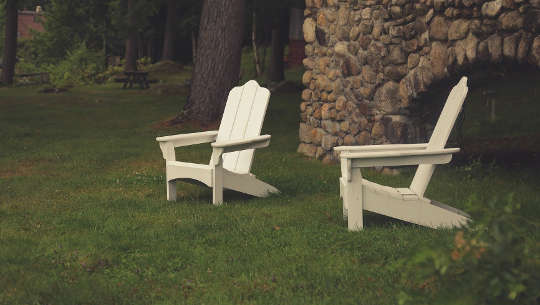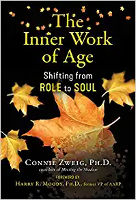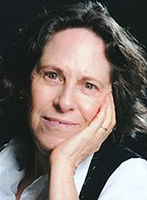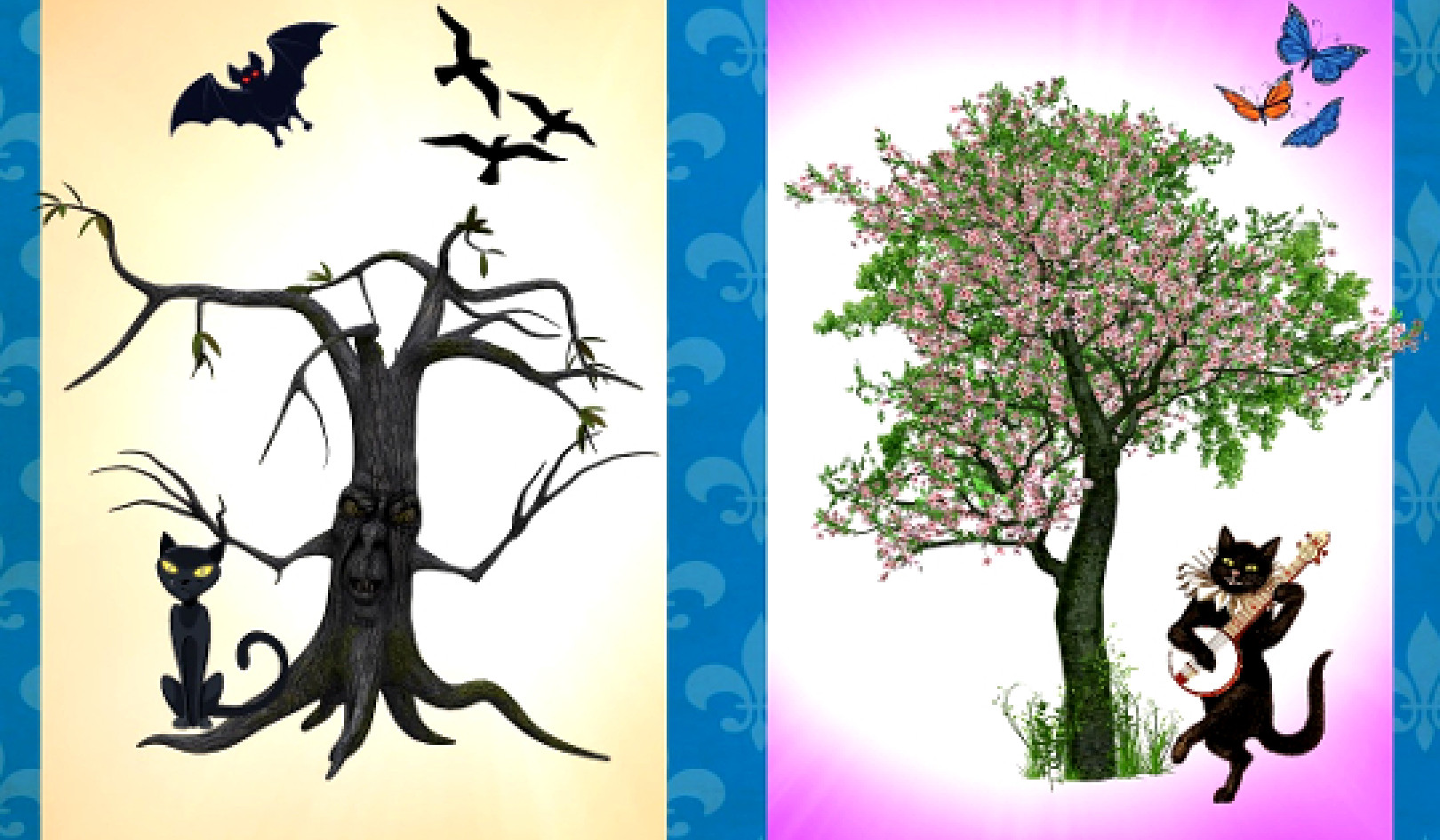
Image by Free-Photos
Narrated by Marie T. Russell
For me, dusk, the time when the glare of the day diminishes but the blackness of night has not yet blanketed the sky, is a sacred time. So, I have paid attention to dusk, the time between the world of light and the world of darkness, and I noticed a feeling of loss as another day wanes and a feeling of eagerness as another evening embraces me.
Eager For What?
I’m eager to immerse myself in the expansive ocean of silence that is simply there as I close my eyes and enter meditation, breathing in, breathing out, releasing the day’s stimulation, emptying the internal noise that goes with it, and sinking into the vastness.
After some years of feeling precious intimacy with my breath, I realized that each meditation is like practicing dying, going deeper within, letting go of it all, and breathing out one last time. Then I realized, while writing this paragraph, that this ritualized practice has helped me to prepare for the greater Dusk—for aging consciously into the twilight of my time here.
Before we cultivate pure awareness, our inner world is splashed with the colors of intense emotions. We believe our fleeting thoughts, and we unconsciously identify with the shadow character that is emerging in the moment. In the context of aging, the result is grief, paralysis, shame: “I’m too old or weak for that,” rather than “I’m feeling weak today.” Or “I am useless,” rather than “I’m not feeling like doing much today.” We become lost in the shadow character—and have no portal to silence.
We Are Not Our Thoughts
After we cultivate pure awareness and learn to witness those characters, we can watch the feelings of the moment and notice our thoughts without believing them. They float like clouds through the sky of our minds. Our deeper identity remains clear, uncolored by the passing phenomena. We might say, “I feel sad with this loss, but I know it will pass.” Or “I can’t do that anymore, but I know that it doesn’t detract from who I am.” Or “I can accept that this is how it is, even though I wish it were different.”
As we open daily to this state and watch, breath by breath, we begin to realize that we are not those thoughts, those shadow characters that are complaining, judging, or rejecting our circumstances. We are not those feelings that ebb and flow. Rather, we are that simple, silent, observing awareness. And the more we identify with it—rather than with the noise—the quieter the mind grows, the wider the heart opens, and the deeper we sink into the timeless emptiness. And the more we embrace life as it is.
This capacity to break our unconscious identification with the shadow character and return to pure awareness or the silent vastness brings many gifts: It provides the body with deep relaxation and recovery from stress, as our heart rate and blood pressure go down. And meditation alters brain waves in positive ways, as indicated by years of research.
Meditation vs. Age-related Brain Degeneration
More recent studies demonstrate that meditation may slow aging at a cellular level. Dr. Elizabeth Blackburn, who won the 2009 Nobel Prize for the discovery of telomeres (the protective caps on chromosomes whose length is a metric for aging), has linked stress to shorter telomeres, meaning shorter lives. If meditation reduces stress, she reasoned, it could increase telomere length. In a series of studies, she found that it did.
Meditation also appears to slow age-related degeneration in our brains. Neurologist Eileen Luders at UCLA looked at the link between age and the volume of the brain’s white matter, which typically shrinks with age. She reported that this decrease was less prominent in meditators as compared to non-meditators. On average, the brains of long-term practitioners appeared to be seven and a half years younger at the age of fifty than the brains of non-meditators.
With practice, one day we can sit in silence, watch the flow of thoughts and feelings come and go, and distinguish the voice of a shadow character from the whisper of the soul. In the context of aging, we can identify age—but not identify with it. Rather, the changes that inevitably arise with age become a vehicle for the soul’s evolution.
On the other hand, when we hold on and resist change, a wave of grief arises. Everything changes; we don’t want it to change. Everything ends; we don’t want it to end. We cling for dear life. And we feel terrible grief to the degree that we resist ever-changing change.
Choosing the Quality of Awareness
Fortunately, in our time, with the democratization of mystical and contemplative methods that used to be kept hidden for a select few, we can now explore many practices and choose one that fits our natural tendencies and/or beliefs. We can cultivate a state of mind—pure awareness or nonduality—that opens an internal space where we can notice how thoughts come and go, how shadow characters come and go, and how bodily sensations come and go. Here, the ego has no agenda and no goal. It’s not trying to get anywhere, fix anything, or resist anything. Instead, we let go of the contents of the mind and rest in pure awareness itself.
As George Harrison sang to us (in Within You Without You),
“When you’ve seen beyond yourself, then you may find, peace of mind is waiting there.”
So, from a spiritual perspective, we can’t choose the circumstances of our age. But we can choose the quality of awareness we bring to those circumstances. We can open the portal to silent vastness and experience our thoughts and feelings as a quiet witness, freed of the grasp of the shadow.
Copyright 2021 by Connie Zweig, All Rights Reserved.
Reprinted with permission of the publisher,
Park Street Press, an imprint of Inner Traditions Intl.
Article Source
The Inner Work of Age: Shifting from Role to Soul
by Connie Zweig PhD.
 With extended longevity comes the opportunity for extended personal growth and spiritual development. You now have the chance to become an Elder, to leave behind past roles, shift from work in the outer world to inner work with the soul, and become authentically who you are. This book is a guide to help get past the inner obstacles and embrace the hidden spiritual gifts of age.
With extended longevity comes the opportunity for extended personal growth and spiritual development. You now have the chance to become an Elder, to leave behind past roles, shift from work in the outer world to inner work with the soul, and become authentically who you are. This book is a guide to help get past the inner obstacles and embrace the hidden spiritual gifts of age.
Offering a radical reimagining of age for all generations, psychotherapist and bestselling author Connie Zweig explores the obstacles encountered in the transition to wise Elder and offers psychological shadow-work and diverse spiritual practices to help you break through denial to awareness, move from self-rejection to self-acceptance, repair the past to be fully present, reclaim your creativity, and allow mortality to be a teacher.
For more info and/or to order this book, click here. Also available as a Kindle edition.
About the Author
 Connie Zweig, Ph.D., is a retired therapist, co-author of Meeting the Shadow and Romancing the Shadow, author of Meeting the Shadow of Spirituality and a novel, A Moth to the Flame: The Life of Sufi Poet Rumi. Her forthcoming book, The Inner Work of Age: Shifting from Role to Soul, (Sept. 2021), extends shadow-work into late life and teaches aging as a spiritual practice. Connie has been doing contemplative practices for 50 years. She is a wife and grandmother and was initiated as an Elder by Sage-ing International in 2017. After investing in all these roles, she is practicing the shift from role to soul.
Connie Zweig, Ph.D., is a retired therapist, co-author of Meeting the Shadow and Romancing the Shadow, author of Meeting the Shadow of Spirituality and a novel, A Moth to the Flame: The Life of Sufi Poet Rumi. Her forthcoming book, The Inner Work of Age: Shifting from Role to Soul, (Sept. 2021), extends shadow-work into late life and teaches aging as a spiritual practice. Connie has been doing contemplative practices for 50 years. She is a wife and grandmother and was initiated as an Elder by Sage-ing International in 2017. After investing in all these roles, she is practicing the shift from role to soul.
Visit the author's website: ConnieZweig.com





























